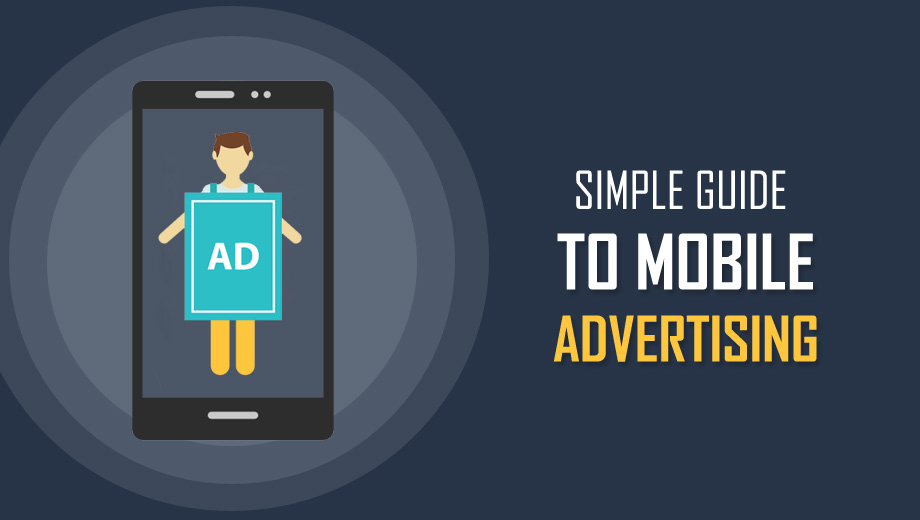A mobile ad campaign can be an extremely effective way for your business to advertise and promote your products and services to a wider audience. With a mobile ad campaign, you can reach your customers on various devices that they use, such as a smartphone or tablet. Mobile advertising is a great way for anyone to make money online.
Because everyone has a mobile phone, you can access millions of potential customers who are looking for something right now. Whether you want to run a mobile affiliate program or promote your business, you can use mobile advertising to attract more customers.
The key to a successful mobile ad campaign is to follow the steps provided in this guide.
Set a strong foundation for your mobile ad campaign by conducting thorough research
When you’re trying to make mobile phone users aware of your brand, you need to use every tactic in your arsenal. Take a look at your competitors, and you’ll probably find that they’re already doing the same thing. That’s why you need a plan that can hold its own.
If this is your first time making a mobile ad campaign, start with research. To increase your chance of success, however, it’s important to invest some time in research. Conducting thorough research will help you define your goals, determine your target audience, and give you a better idea of what kind of ad campaign will work best.
This research can be a bit time-consuming, but it pays off in the long run’s you to spend time researching your target market. You should conduct extensive research before creating an ad campaign since it will allow you to create the most effective marketing strategy.
Set clear objectives
Defining a clear goal is the first step towards achieving it. You would not start your journey without knowing the destination. The same goes for your marketing efforts: they have to be focused on clear objectives. The clearer your objectives are, the better the results you’ll get. Some objectives are more complex than others, of course. But the main point is that before you start investing in any marketing, you should know what you’re looking for.
Select your target audience
You’ve got a great product or service & you’re ready to advertise your mobile ad campaign (aka pay per click or PPC campaign). You want to make sure you’re targeting the right people. The “right people” for a mobile ad campaign are the people who are most likely to buy your product, and when you know how to identify them, you’ll be able to design a successful ad campaign.
Tools that are used to utilize the targeted mobile customer are
Twitter Audience Insights:
Twitter audience insights might help you decide which users to follow and which keywords to use in your campaigns. Twitter’s algorithm is a bit different than that of Facebook or Google. The number of followers you have, the number of retweets or likes on a post, and the number of conversations you participate in are not as important as they are on other platforms.
Instead, Twitter’s algorithm is based on the number of users you interact with, the number of links you share, and the number of users who interact with you.
Google Analytics:
When Google Analytics first launched in 2005, it was considered a must-have tool for any website owner. Today, with the rise of mobile, it’s vital that you use Google Analytics to track your mobile traffic. By understanding your audience’s mobile devices, you can adjust your mobile marketing campaigns to ensure you are reaching the right audience.
Define your campaign approach
Before creating a mobile ad campaign, it is essential to define your campaign approach. And to do that, you need to know all the options that are available to you. There are four main approaches to creating an ad.
Campaign: Search – Used to advertise against search terms or keywords that lead organically to your app.
Display: Can be used to deliver ads on various devices, such as smartphones, tablets, and desktops.
App Linking: Tells Google Play to display your app-related ads on all Android devices with your app installed.
App Streaming: This allows you to use video ads in your campaign. This approach can help you create ads for your app, as well as for third-party apps that may be useful to your campaign.
Tips to Help You Choose Your Communication Strategy
Before you can take the next steps towards your communication strategy, you need to know your options. What are the different ways of communicating? And what are the strengths and weaknesses of each? The good news is that there are more ways to get your message out there than ever before. There are no longer print and broadcast media, social media, mobile advertising options, and more.
Decide how long the campaign will take
Choosing how long the campaign will take is not always obvious. For example, you might want to give your campaign enough time to get the attention of (potential) customers. But, because you may have a limited budget, you might want to make sure you get the most out of all your advertising (dollar).
If you are a small business, you may not have time to let a campaign run its course. You might want to set a shorter time frame because you have limited resources and need to get a return on investment (ROI) as soon as possible.
To be successful in mobile advertising, brands need to know how long a campaign will take. How long, you ask? The time required depends on several factors, including the type of ad, how much is being invested, and the campaign’s goal.
Generally speaking, it will take at least a couple of days to launch the campaign, possibly longer depending on how much testing is done. A follow-up campaign may not take quite as long since there’s less to test and optimize.
Key Performance Indicators
Key Performance Indicators (KPIs) are an essential part of any business’s success. They allow us to measure how well we are performing our goals. For advertisers, the most important KPIs are the conversion rate and the click-through rate. The conversion rate is the percentage of visitors who take the action you want them to take, so a conversion rate of 10% means that 10% of your visitors click on a link that leads them to buy your product.
The click-through rate shows how many people click on your ad compared to the number of times the ad is shown.
Content development and production
Content development and production is a key element to successful ad campaigns. From ad creation to ad placement, several components need to be considered. First, the ad content. It is the difference between a successful and unsuccessful campaign. The ad copy needs to be clear and concise while still attracting the attention of the mobile audience.
Next, the ad placement. The placement of the ad plays a major factor in its success. A poorly placed ad, or one that is not targeted correctly to the audience, may not receive the attention it deserves.
Implement and measure your campaign
Implementing and measuring your mobile campaign is the key to success. Your campaign should communicate with the app whenever the world has changed. You can use the Google Mobile Ads SDK to collect data on the number of active users, the amount of time they spent using your app, and the number of times they clicked on your ads.
The importance of advertising during a campaign. There are many reasons why a company needs to advertise its products or services. One of the reasons is to inform people about the new product or service. Advertising is a very effective way to reach people. By using social media to advertise, it’s easier to reach people and to get new customers.
Conclusion
Mobile ads are a necessary evil in the world of online marketing. They’re not as simple to implement as traditional banner or sidebar ads, but they can be just as effective. This guide will help you navigate through mobile ad creation and placement so that you can get your business out there on the go!

